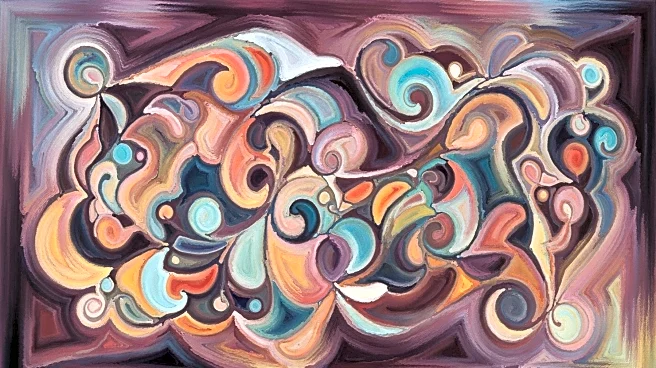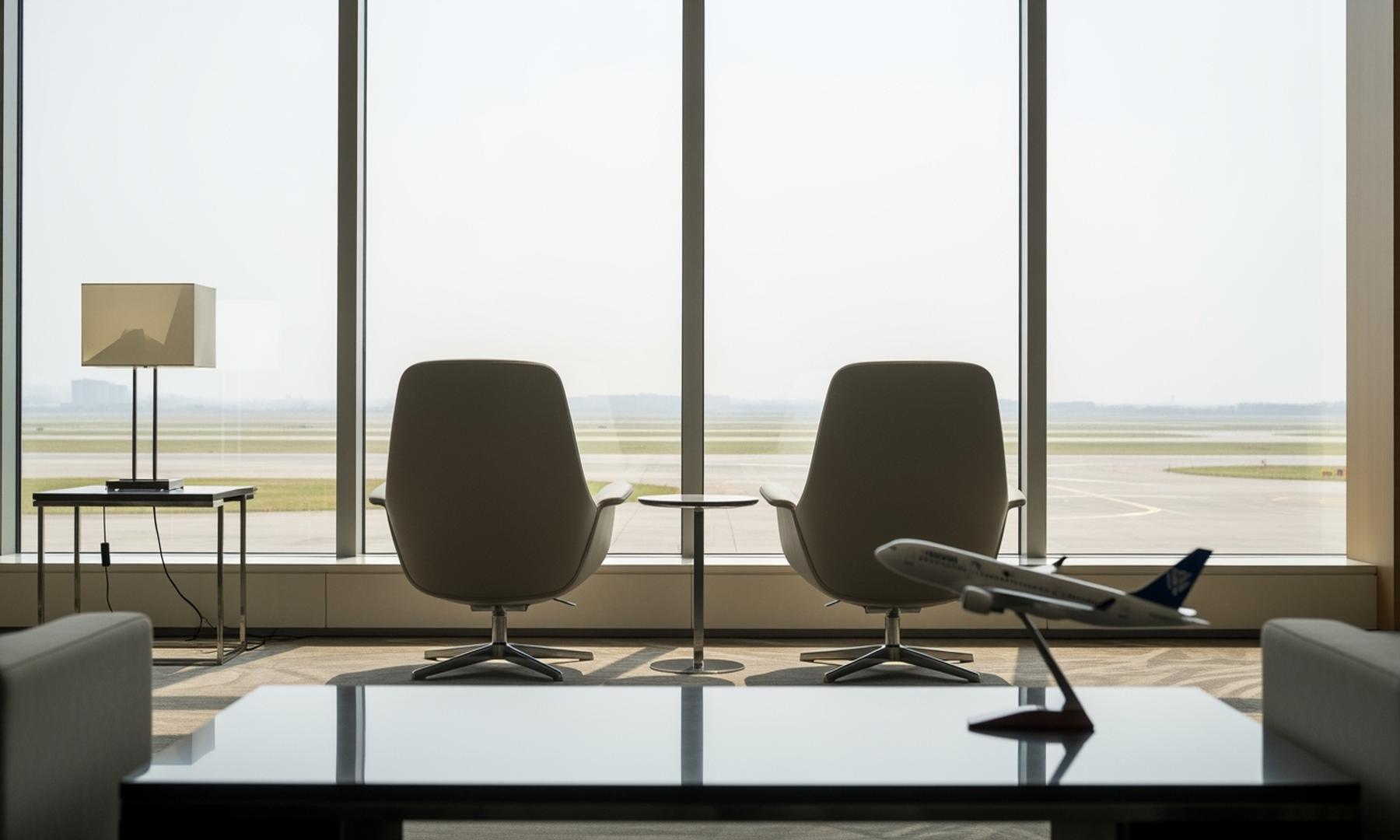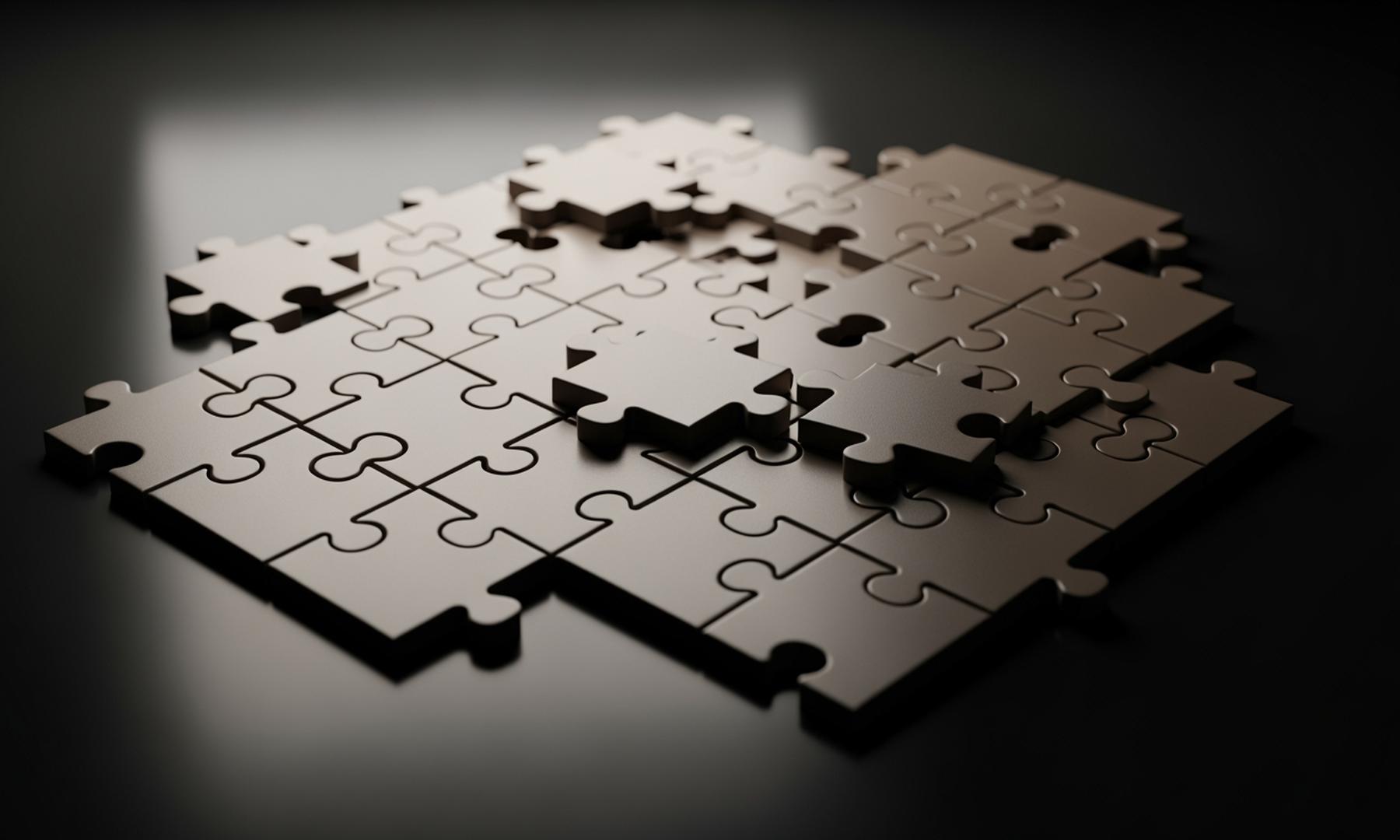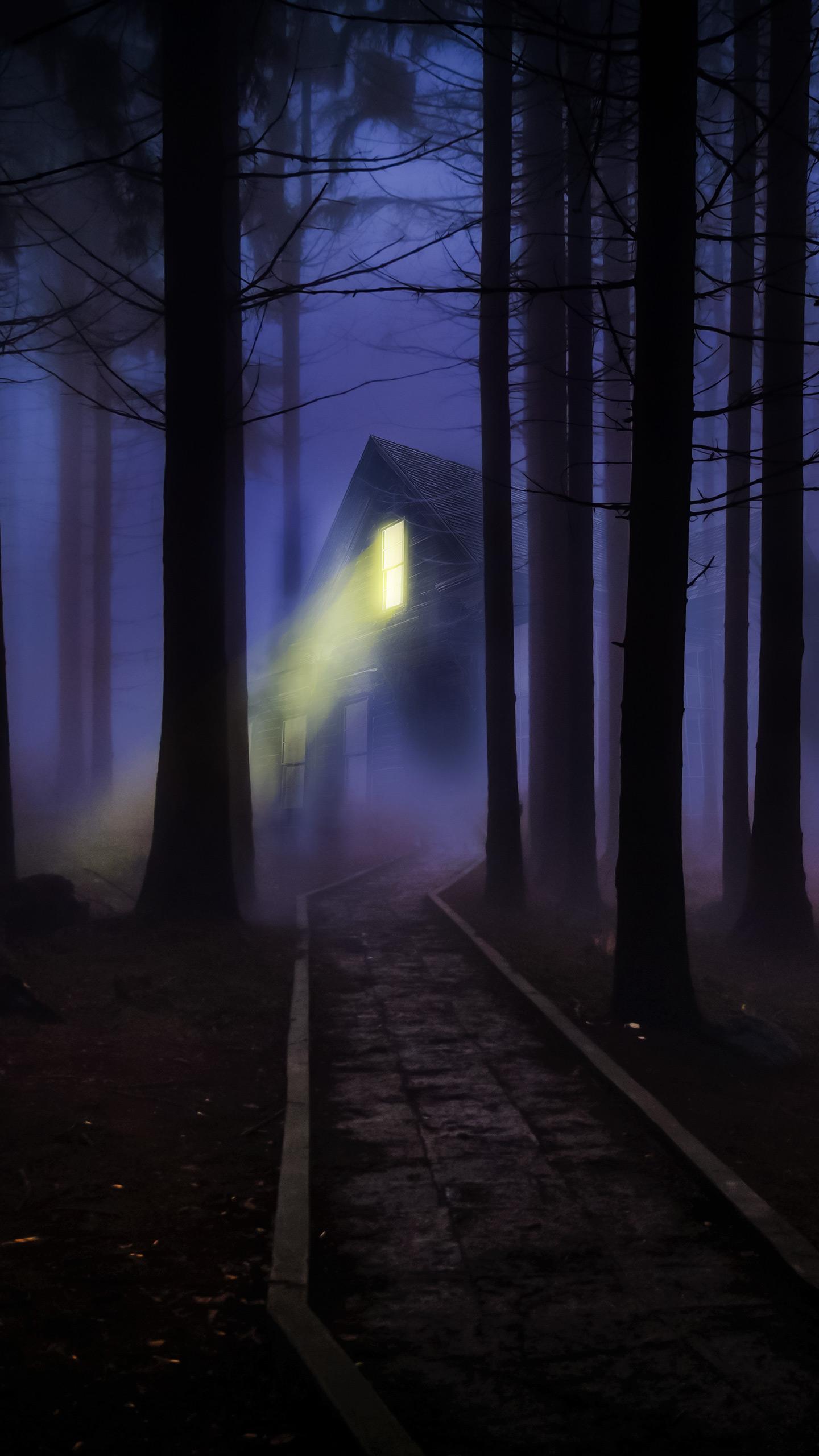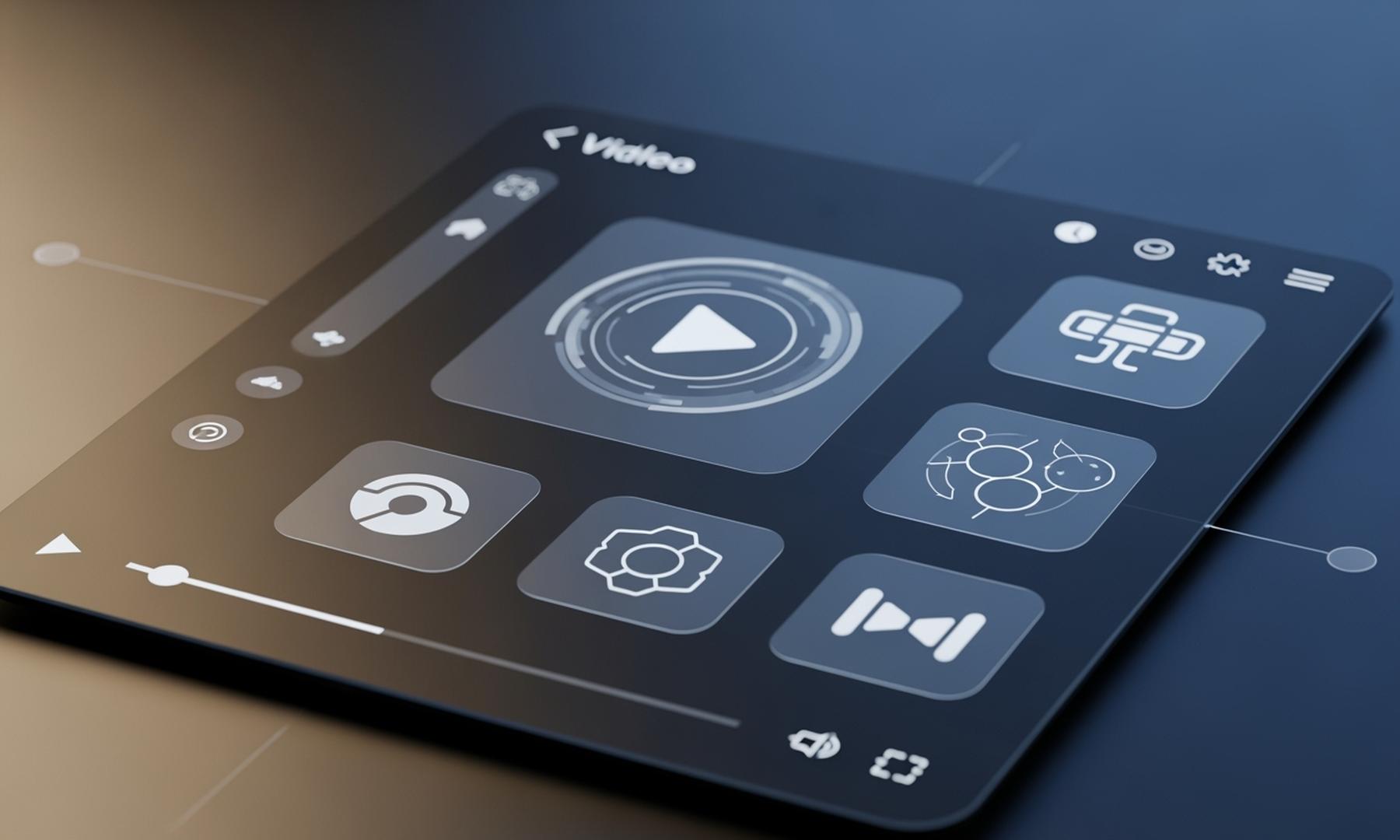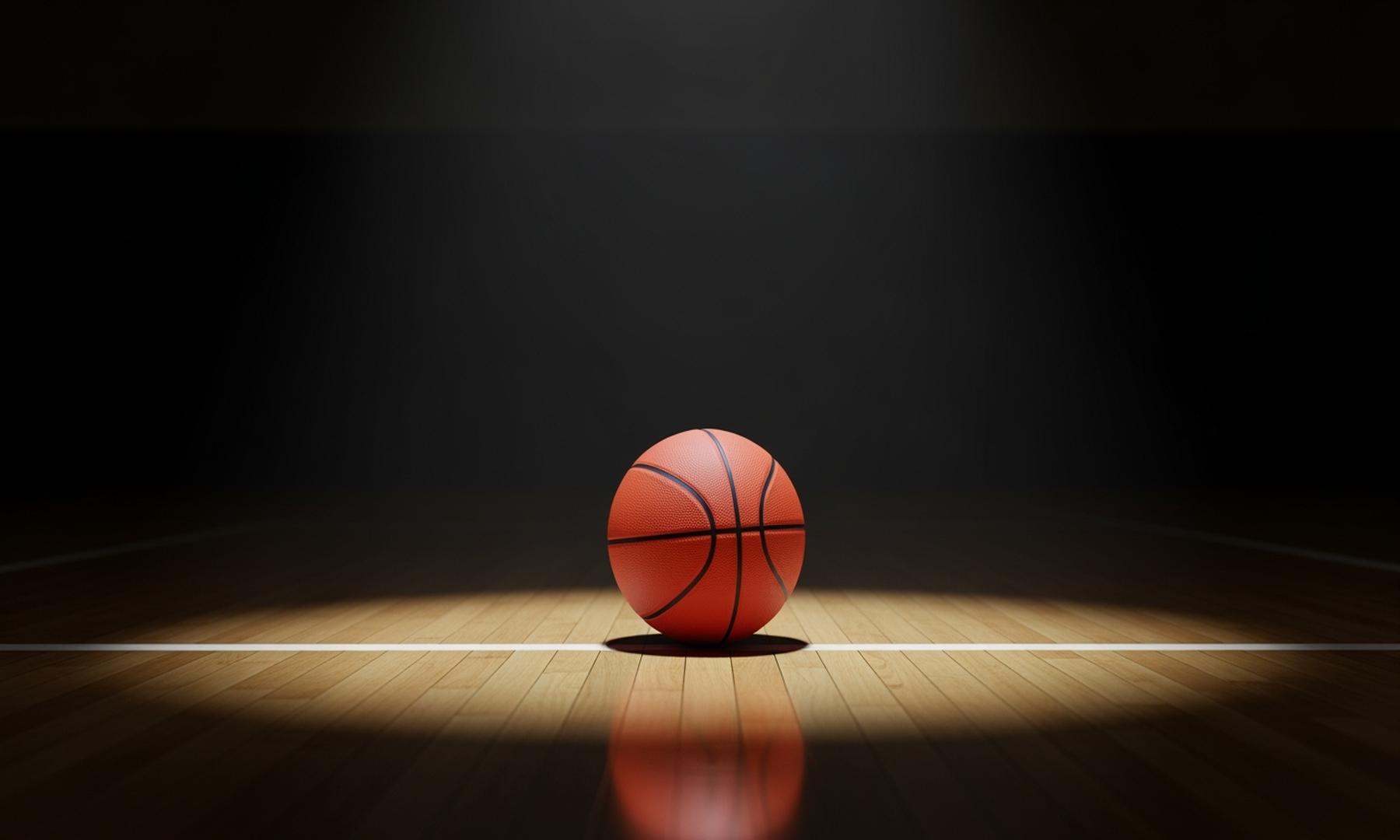What's Happening?
A new exhibition titled 'Lynne Drexler: A Painted Aria' is currently on display at Berry Campbell in New York, showcasing the unique artistic approach of American artist Lynne Drexler. The exhibition focuses
on Drexler's work from the 1970s, a period when she was heavily influenced by opera music. This influence is evident in her abstract paintings, which reflect the emotional and sensory experiences she derived from attending the Metropolitan Opera. The exhibition features approximately 20 works, including six large-scale canvases, that demonstrate Drexler's synesthetic approach to art, where she translated musical compositions into visual forms. This period of her work has been historically underrecognized, despite its significance in the evolution of 20th-century abstraction.
Why It's Important?
The exhibition is significant as it sheds light on a lesser-known period of Lynne Drexler's career, offering insights into her innovative approach to abstraction. By translating music into visual art, Drexler expanded the boundaries of abstract art, contributing to the broader understanding of synesthesia in artistic expression. This exhibition not only highlights Drexler's personal artistic journey but also enriches the narrative of 20th-century art by acknowledging the role of sensory overlap in creative processes. Art enthusiasts and scholars stand to gain a deeper appreciation of Drexler's contributions and the potential of synesthetic experiences in art.
What's Next?
The exhibition 'Lynne Drexler: A Painted Aria' will be on view until November 15, 2025, providing ample opportunity for art lovers and scholars to explore Drexler's work. The exhibition may prompt further scholarly research into the role of synesthesia in art and inspire contemporary artists to explore similar sensory overlaps in their work. Additionally, the recognition of Drexler's contributions could lead to more exhibitions and retrospectives that focus on underrepresented periods of artists' careers.
Beyond the Headlines
The exhibition also raises questions about the intersection of art and neuroscience, particularly how conditions like synesthesia can influence artistic expression. It invites a broader discussion on how artists perceive and interpret the world through their unique sensory experiences, potentially leading to new interdisciplinary studies that combine art history and cognitive science.
